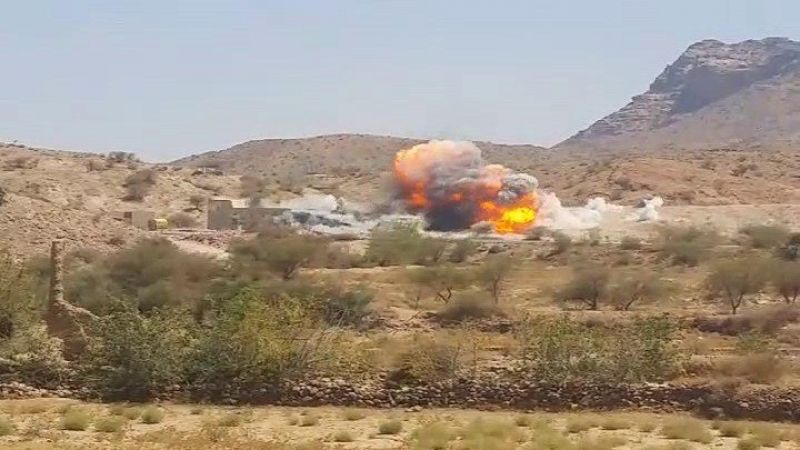
Local Editor
Just a few kilometers from the frontline lies Haydan Village in Saada province, a mountainous region with almost no medical facilities. The endless barrage of airstrikes has made transport here extremely challenging.
In March 2017, Doctors Without Borders (MSF) teams returned to the hospital in Haydan after it was bombed and destroyed by Saudi warplanes in October 2015. Now they provide health care to isolated communities in Haydan.
Here, patients at the hospital describe their experiences in their own words, providing a glimpse into the dire conditions the people of this region have endured over three years of grinding Saudi-led aggression.
Mohammad lies on a bed in the emergency room in the hospital in Haydan. The shrapnel wounds in his leg and abdomen are severe. He waits silently for the ambulance that will take him for surgery in another hospital an hour and a half away.
“One minute I was walking down the road, and then I woke up here,” he says. “Was it a bomb or a rocket? I have absolutely no idea.” Mohammad lost consciousness after the impact and was picked up by passersby who brought him by car to the hospital, where the MSF team stabilizes war-wounded patients before referring them to one of the hospitals in Saada.
Formerly a court clerk in Saada, Mohammad is not a combatant. He fled the fighting in Saada for Yemen’s capital Sana’a, where he now lives with his family.
He had gone to Saada governorate to try and get his salary, which he has not received since September 2016—a problem shared by some 1.25 million other Yemeni government employees.
Because transportation is so difficult near the front lines, war-wounded people often take too long to get to the hospital in Haydan and, as a result, are often in critical condition by the time they arrive. MSF teams refer these patients to hospitals in Saada.
“What we see most are bullet wounds and injuries like shrapnel wounds sustained during bombing raids,” explains Frédéric Bonnot, MSF project coordinator in Haydan.
“As soon as a missile is fired at somewhere in Saudi Arabia, the Saudis respond almost immediately by bombing Saada,” says MSF project coordinator Bonnot.
Roads are routinely targeted, particularly those of strategic value. “The road passing through Saaqain district, which we use to go from Haydan to Saada, has been targeted several times since the beginning of the year,” says Bonnot. “It’s the same in Yasnim, where we provide support to a health center. This is impacting our ability to get around and refer patients to hospitals in Saada. There can be delays, and it’s often a question of life or death.”
Back then, underground shelters were constructed where people could take refuge during airstrikes. These shelters are still used by the population when the bombing is fierce and families no longer feel safe in their homes.
Source: Yemen-Press, Edited by Website Team